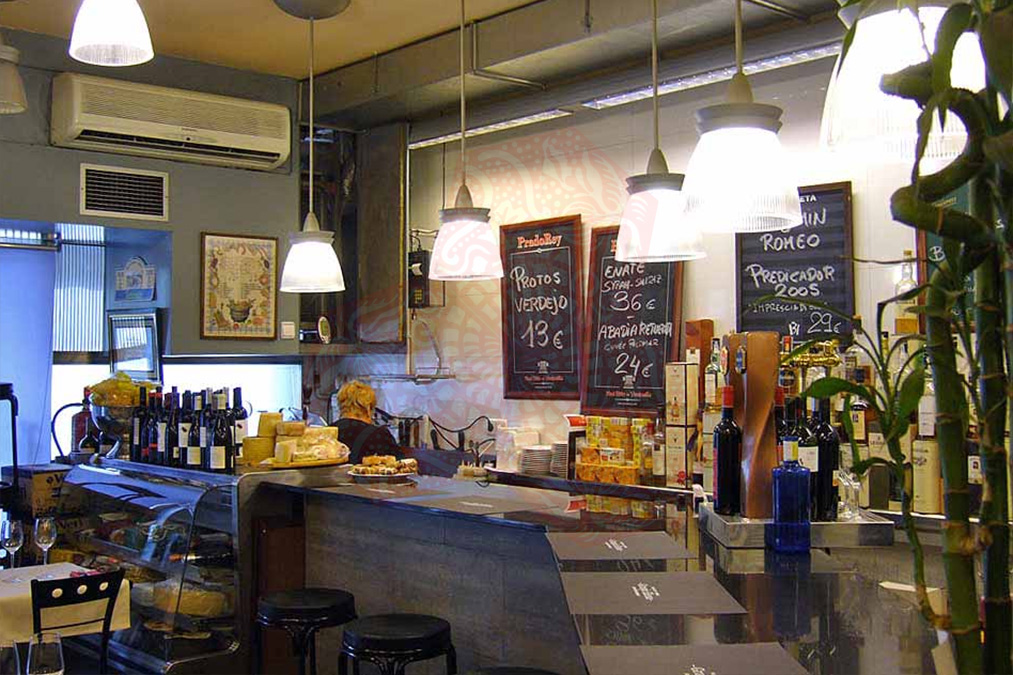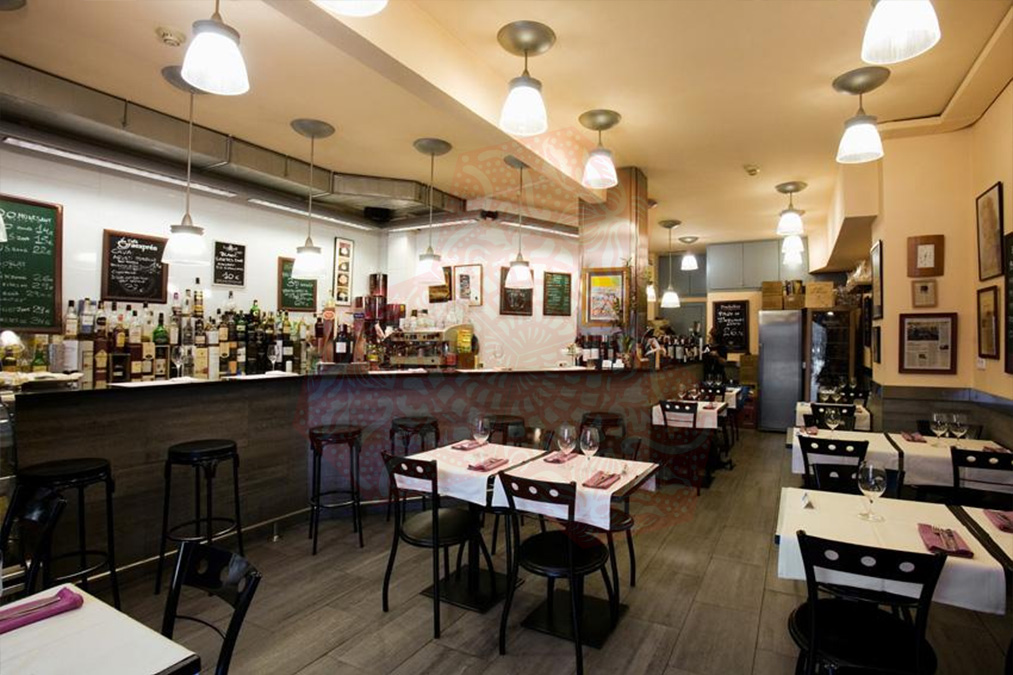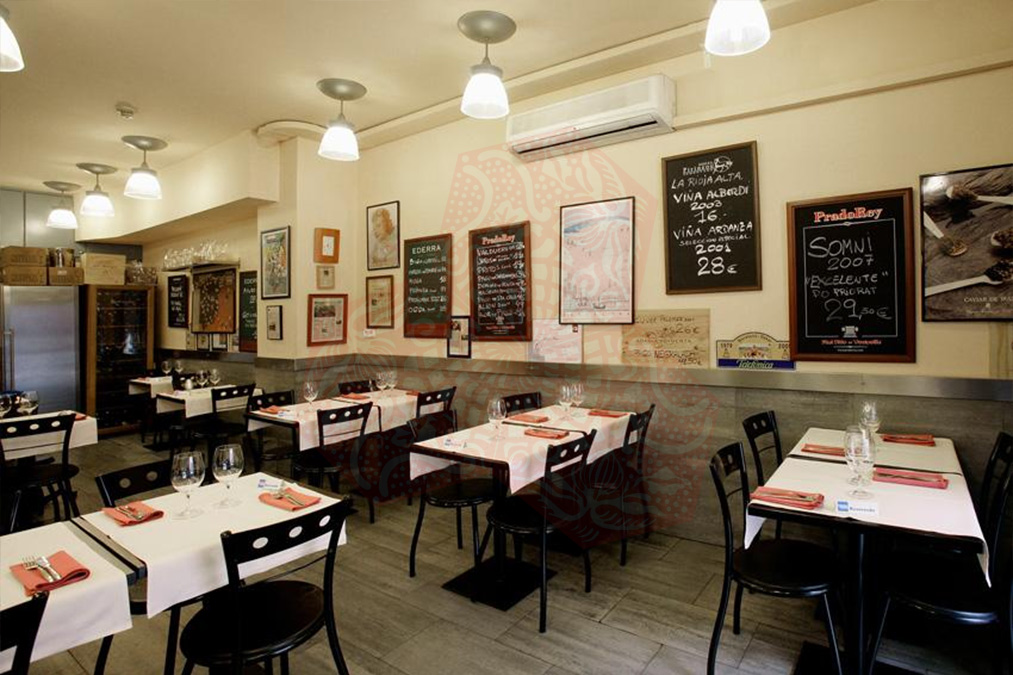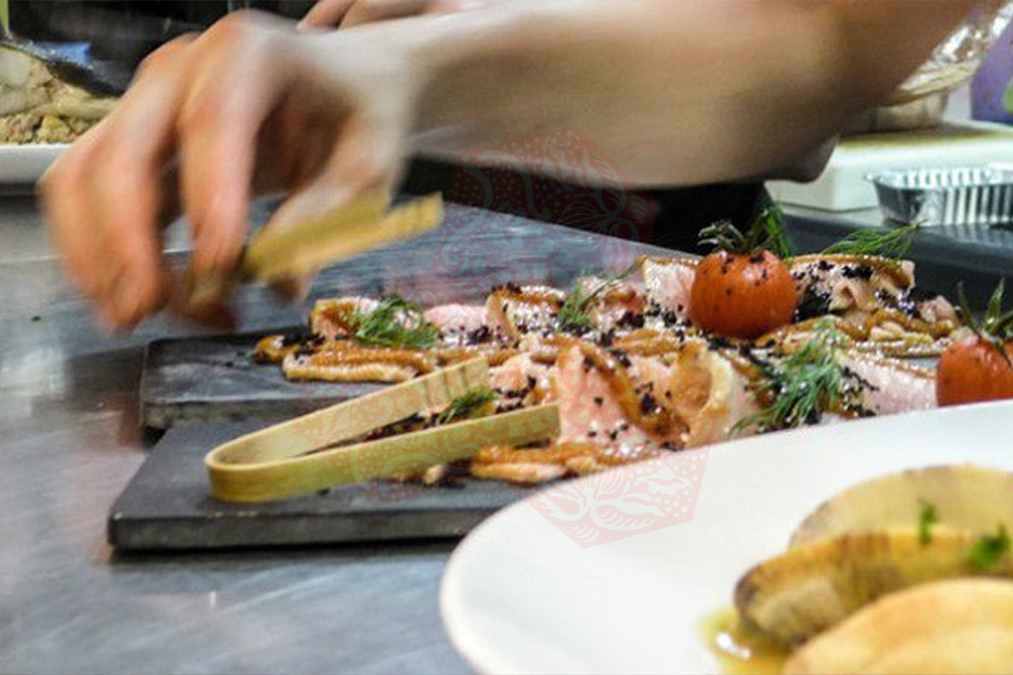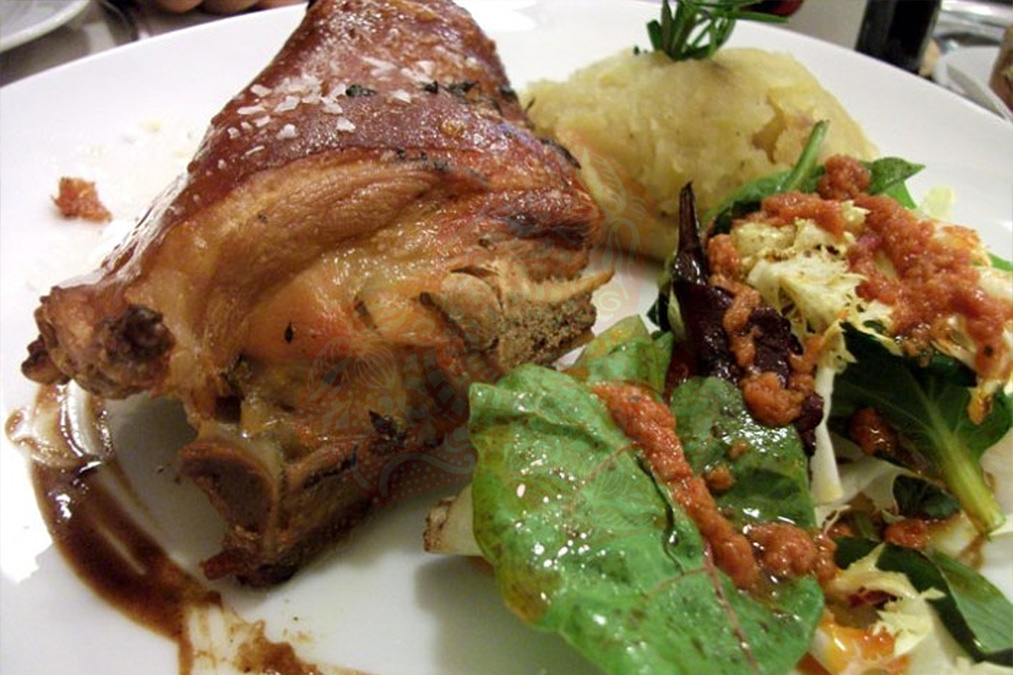General
Restaurante Granja Elena
Tucked away in a humble neighborhood, Restaurant Granja Elena is considered by many as the best bar food in Barcelona and is revered by gourmets. Using carefully selected ingredients the menu changes every day, depending on what the market offers. The success in selecting these dishes and a surprisingly wide wine list, given how small the restuarnat is, are the features that ensure Granja Elena meal is an experience.
From early in the morning, the bar and tables are filled and with only 28 seats and a faithful clientele, reservations are essential, at least a week in advance. Flutes of cold cuts (of excellent quality) and “creative” and delicious snacks are the temptations that appeal to workers in the area during breakfast. We can also, if we want to snack between meals: anchovies, ham, dishes …
But it is lunchtime when the Granja Elena really surprises. Gradually, the neighborhood bar food has improved its offering becoming a restaurant that should be included in all the guides. The menu is extensive and deciding is not easy. Along with fixed dishes on the menu there are the daily specials, the result of market offerings and inspiration of the family running the restaurant since 1970.
Granja Elena offers a wealth of exquisite flavors that always hold surprises. Recommended dishes include: Cod omelette. Creamy rice with fresh morels and foie gras poêle. Extra beef fillet with foie gras poêle and Oporto sauce. Roasted foie grâs in truffled kale papillote.
Address: Passeig de la Zona Franca 228, Barcelona
Hours: Monday to Friday from 13-16hr. Bar Monday to Saturday from 7-12hr. Closed Sunday
Food: Seasonal / Traditional
Avg. Price: 50€
Environment: Informal
Cards: Visa, American Express, Mastercard, Servired
Available departures
L'Hospitalet de Llobregat
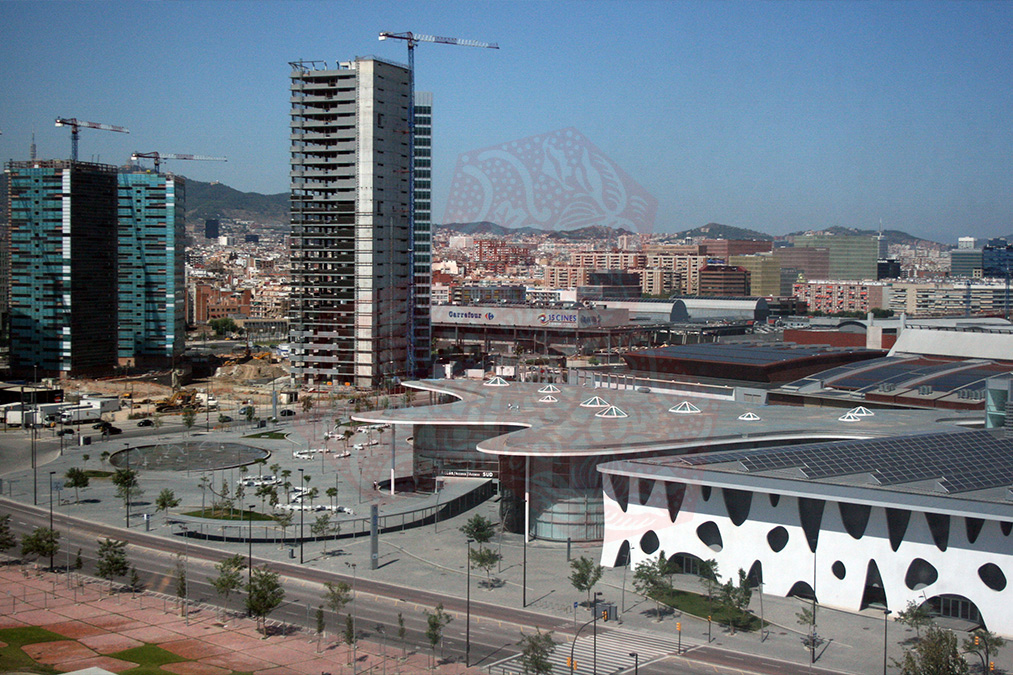
L’Hospitalet de Llobregat (in Catalan), or Hospitalet de Llobregat (in Spanish),[a] often shortened to L’Hospitalet, is a municipality to the immediate southwest of Barcelona in Catalonia, Spain.
By population, it is the second largest in Catalonia and the sixteenth in Spain. By population density, is notable for being one of the most densely populated cities in the European Union.
The first records of the settlement date to the Neolithic era with artefacts showing human habitation in the Llobregat river area. Roman artefacts have been found dating to the 2nd century BC such as a funeral decoration representing the head of Medusa now in the archaeological museum of Barcelona. However it is not until the 10th century that written references to Provençana (the city’s original name) appear. The current name originates from the Catalan language and derives from a hostel next to the Church Saint Eulalia of Provençana (Santa Eulàlia de Provençana) used by pilgrims in the Middle Ages. The city retained the character of a village until the 19th century when the first textile factories were built causing a population boom.[citation needed] The 1960s and 1970s saw a second population boom, caused by immigration from poorer regions of Spain: however this was not matched by construction of the necessary amenities and it was only in the 1990s that public investment resulted in additional schools, leisure facilities and housing.
The Swedish painter and former anarchist, later convert to Islam, ‘Abd al-Hādī ‘Aqīlī, formerly known as Ivan Aguéli, died there, being killed by a train, in 1917.
The main reason people would choose to stay in this area is to attend a tradeshow or exhibition at Fira Gran Via, which was located in L’Hospitalet as part of the regeneration of the area.
Read more
